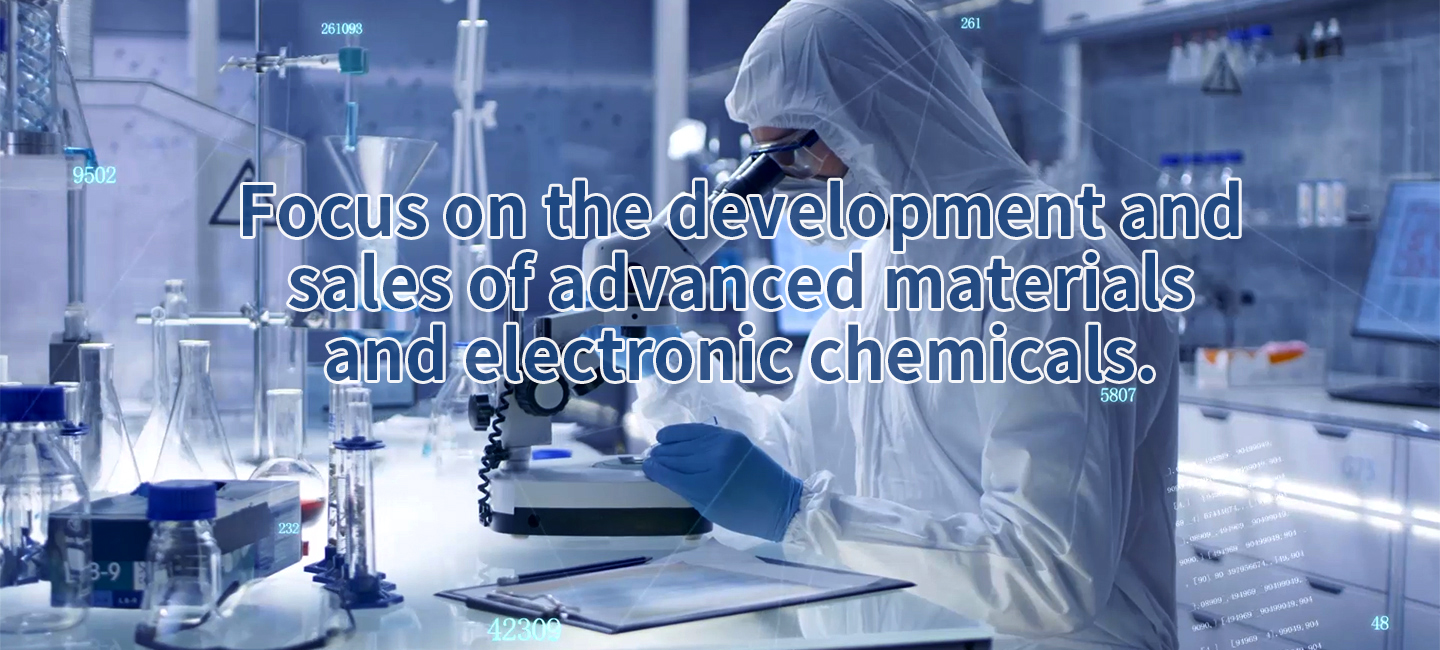High purity chemicals are essential components in various industries, particularly in electronics, pharmaceuticals, and biotechnology. These chemicals are characterized by their exceptional purity levels, often exceeding 99.9%, which makes them suitable for applications where even trace contaminants can lead to significant issues. This article explores the importance, types, applications, and market trends of high purity chemicals.
Importance of High Purity Chemicals
High purity chemicals play a critical role in ensuring the quality and performance of products across multiple sectors. Their significance can be highlighted through several key aspects:
1. Quality Assurance: In industries such as pharmaceuticals and biotechnology, the efficacy and safety of drugs depend heavily on the purity of the chemicals used. Impurities can lead to adverse reactions or ineffective treatments.
2. Performance Optimization: In electronics manufacturing, high purity chemicals are vital for producing semiconductors and other components. Impurities can affect electrical properties, leading to device failure or reduced performance.
3. Regulatory Compliance: Many industries are subject to strict regulatory standards that mandate the use of high purity chemicals. Compliance with these regulations is essential for market access and maintaining product integrity.
4. Research and Development: High purity chemicals are crucial for research applications where precise measurements and reactions are necessary. They ensure reproducibility and reliability in experimental results.
Types of High Purity Chemicals
High purity chemicals can be categorized based on their applications and chemical nature:
1. Electronic Grade Chemicals
These chemicals are specifically designed for the electronics industry, particularly in semiconductor fabrication and PCB manufacturing. Key examples include:
- Hydrochloric Acid (HCl): Used for cleaning silicon wafers and etching processes.
- Hydrogen Peroxide (H2O2): Employed as a cleaning agent and oxidizer in various semiconductor processes.
- Silane (SiH4): A precursor for silicon deposition in thin film applications.
2. Pharmaceutical Grade Chemicals
Pharmaceutical-grade chemicals must meet stringent regulatory standards set by agencies such as the FDA or EMA. Examples include:
- Active Pharmaceutical Ingredients (APIs): The active components in medications that provide therapeutic effects.
- Excipients: Inactive substances used as carriers for the active ingredients in drugs.
- Solvents: High purity solvents like ethanol or methanol used in drug formulation processes.
3. Laboratory Reagents
High purity laboratory reagents are essential for analytical chemistry, biochemistry, and other scientific research fields. Examples include:
- Reagent-grade Acids: Such as nitric acid or sulfuric acid with minimal impurities.
- Solvents: High-performance liquid chromatography (HPLC) grade solvents used for analytical purposes.
- Buffers: High purity buffer solutions used to maintain pH levels in biochemical experiments.
4. Specialty Chemicals
These include custom formulations tailored for specific applications, often requiring high levels of purity due to their unique properties. Examples include:
- Photolithography Chemicals: Used in semiconductor manufacturing to create intricate patterns on wafers.
- Adhesives and Sealants: High purity formulations that ensure optimal bonding without contamination.
